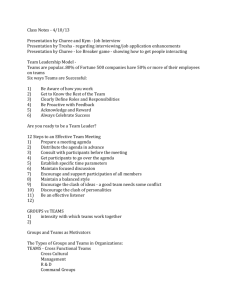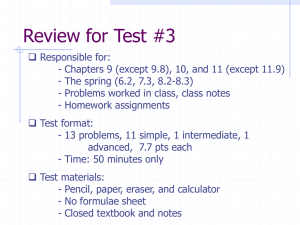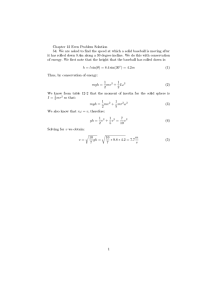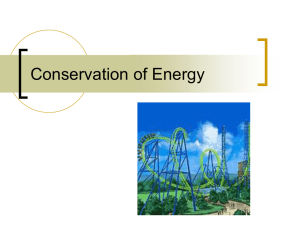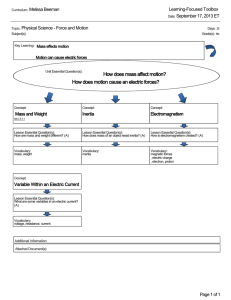Worksheet Chapter 1 - Tri-Valley Local School District
advertisement
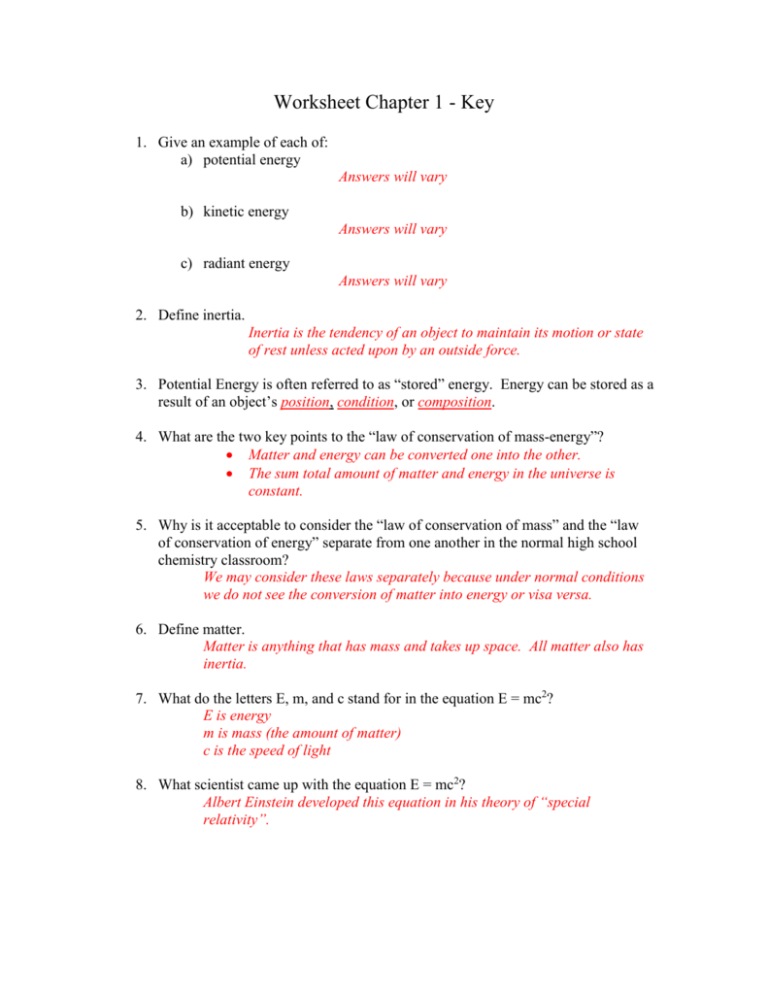
Worksheet Chapter 1 - Key 1. Give an example of each of: a) potential energy Answers will vary b) kinetic energy Answers will vary c) radiant energy Answers will vary 2. Define inertia. Inertia is the tendency of an object to maintain its motion or state of rest unless acted upon by an outside force. 3. Potential Energy is often referred to as “stored” energy. Energy can be stored as a result of an object’s position, condition, or composition. 4. What are the two key points to the “law of conservation of mass-energy”? Matter and energy can be converted one into the other. The sum total amount of matter and energy in the universe is constant. 5. Why is it acceptable to consider the “law of conservation of mass” and the “law of conservation of energy” separate from one another in the normal high school chemistry classroom? We may consider these laws separately because under normal conditions we do not see the conversion of matter into energy or visa versa. 6. Define matter. Matter is anything that has mass and takes up space. All matter also has inertia. 7. What do the letters E, m, and c stand for in the equation E = mc2? E is energy m is mass (the amount of matter) c is the speed of light 8. What scientist came up with the equation E = mc2? Albert Einstein developed this equation in his theory of “special relativity”.

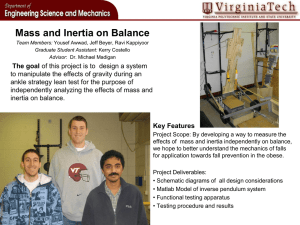









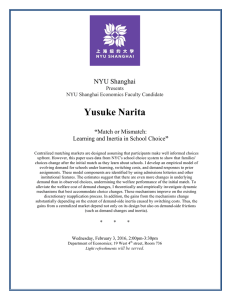

![ [m ] 2 r](http://s2.studylib.net/store/data/015969792_1-05dfe71715e1bde5a57263484b08325a-300x300.png)

